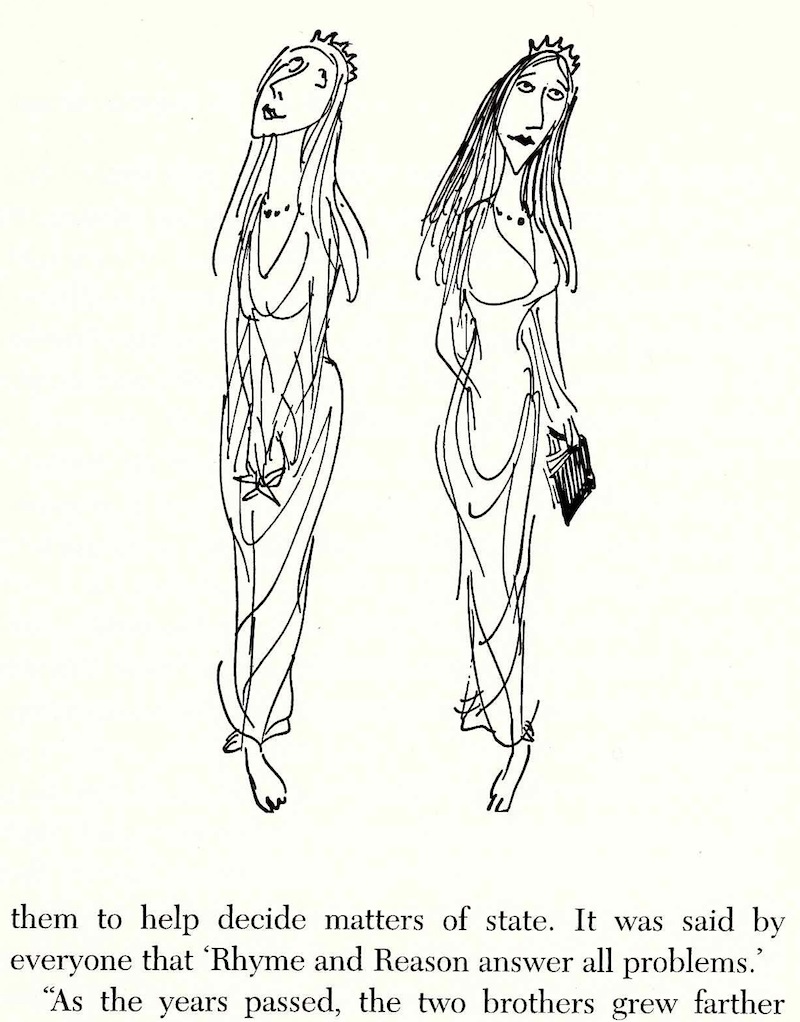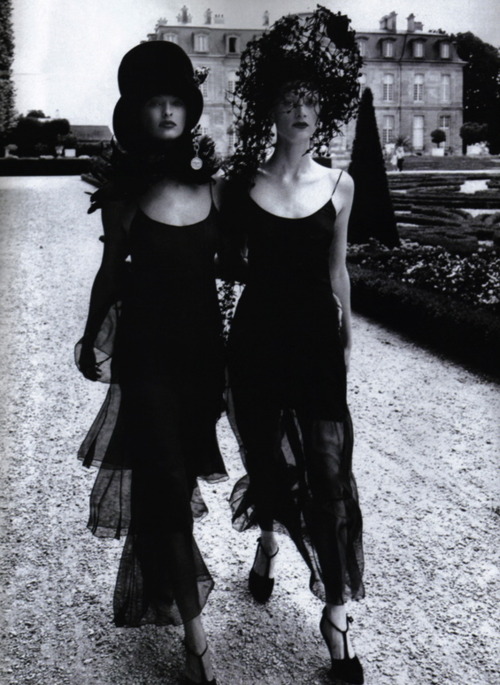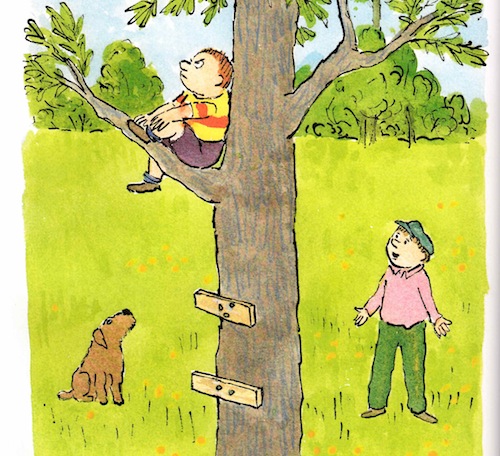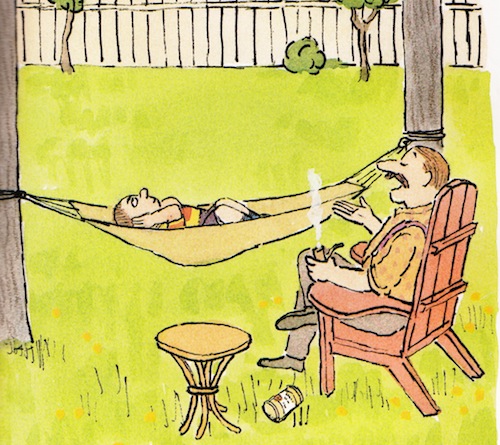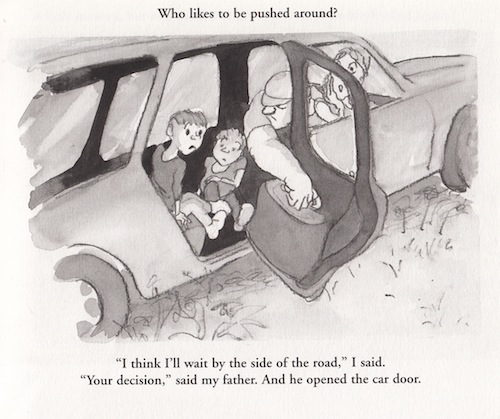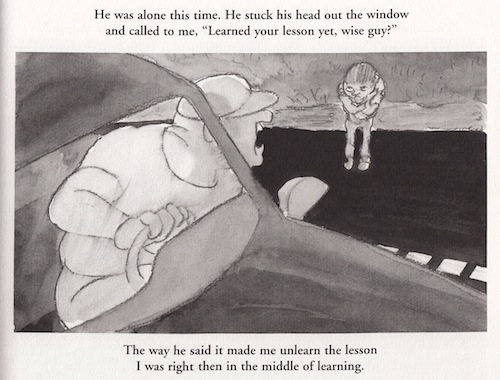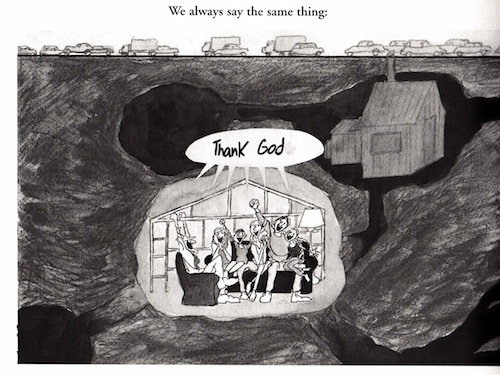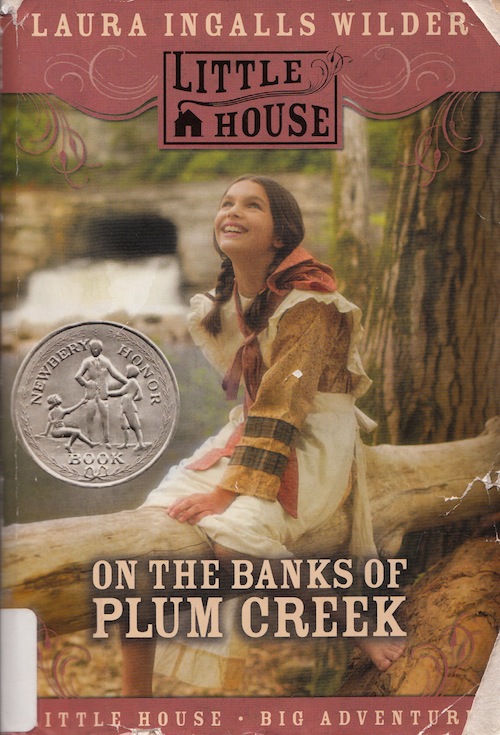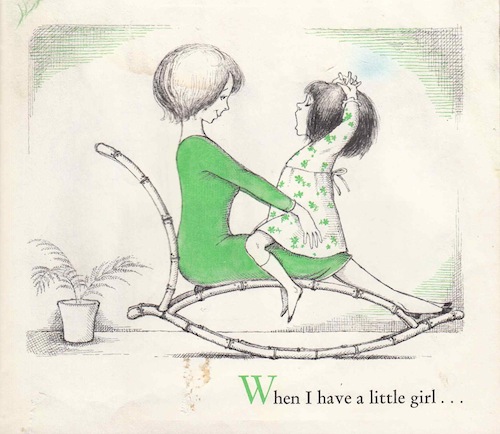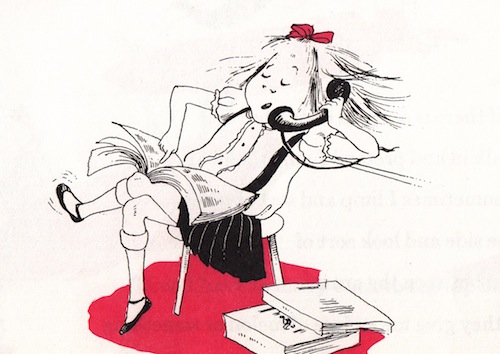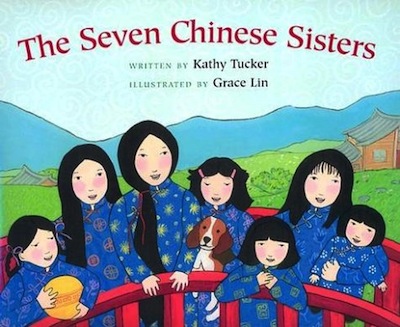I was thinking about The Phantom Tollbooth today after seeing the trailer for the upcoming documentary about the book (which by the way looks awesome). I was looking at the Jules Feiffer illustrations and when I came to the portrait of the waifish, lank-haired princess duo Rhyme and Reason in their drapey slipdresses …
Monthly Archives: April 2013
The Incredible Sulk! Spinky Sulks; Now Everybody Really Hates Me; By The Side of the Road
I was a stubborn child, with an impressive capacity for staying mad for long stretches of time. It’s a character trait that runs in the family. My mother is a champion grudge-holder, and my eight-year-old daughter is already proving herself a natural. So I can relate to any character who excels at keeping the pissed-off flame on long simmer. These are my three favorite books on the art of not-forgiving.
1) Spinky Sulks (1988) by William Steig
When Steig’s book opens, our grouchy protagonist, Spinky, has decided that his stupid family doesn’t love him anymore and his only recourse is to turn his back on the world. His mother, brothers and sisters and grandmother try to appease him, coaxing him with sweet words, flowers, and ice cream. But he’s unmoved. Spinky retreats to a hammock from which he refuses to budge, even through a rainstorm.
When we first got this book a few years ago, it was by far my daughter’s favorite Steig title. Spinky is unlikeable — but if you’re a sulker, you can’t help rooting for him. The emotions feel real and raw. I love these lines towards the end, when Spinky starts to cave:
He wasn’t mad anymore, but he still had his pride. After all his suffering, how could he just turn around and act lovey-dovey? That wasn’t his way.
2) Now Everybody Really Hates Me (1993) by Jane Read Martin and Patricia Marx
Turn Spinky into a girl, give him more of an imagination, launch him into the 90s, and you’ve got Patty Jane Pepper. When the crafty freckle-faced heroine is sent to her room as punishment for hitting her brother, she decides that she is never coming out. That’ll show them!
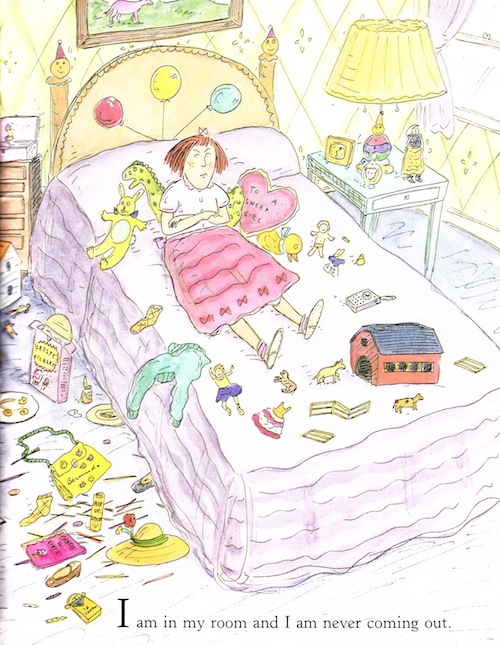 She’s not only a martyr, she’s a drama queen.
She’s not only a martyr, she’s a drama queen.
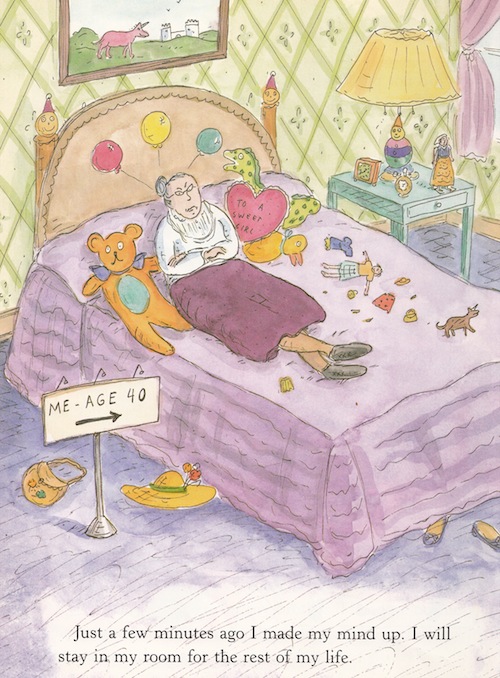 Does every kid in this situation have the same fantasies? The authors (and illustrator Roz Chast) nail them all. She will not eat! She will never clean up! She will speak a language only she can understand! She will find a cool way to sneak out of the house! She will run away from home! Patty Jane Pepper, c’est moi. I’m pretty sure I made a go of sleeping on my closet floor during one of my own childhood sulk sessions.
Does every kid in this situation have the same fantasies? The authors (and illustrator Roz Chast) nail them all. She will not eat! She will never clean up! She will speak a language only she can understand! She will find a cool way to sneak out of the house! She will run away from home! Patty Jane Pepper, c’est moi. I’m pretty sure I made a go of sleeping on my closet floor during one of my own childhood sulk sessions.
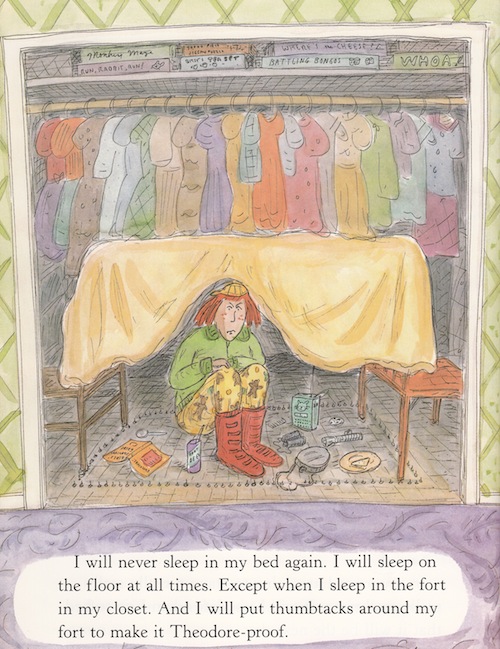 The book is funnier than Spinky Sulks — and more satisfying to boot. It ends the way I remember things really ending: With my parents lovingly dragging me back to the bosom of the family, to my secret relief.
The book is funnier than Spinky Sulks — and more satisfying to boot. It ends the way I remember things really ending: With my parents lovingly dragging me back to the bosom of the family, to my secret relief.
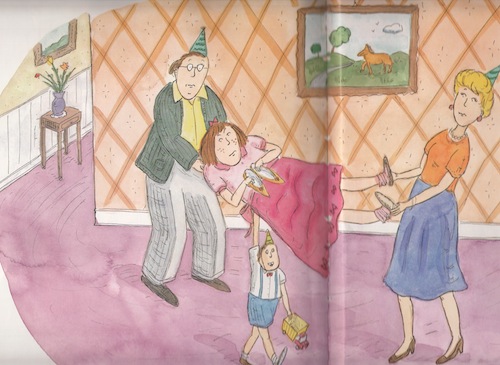 As Patty Jane knows, it’s all about the body language.
As Patty Jane knows, it’s all about the body language.
3) By The Side of the Road (2002) by Jules Feiffer
Every time I start reading this one with the kids I think, “Is it crazy for me to be reading this to my children?” Because Feiffer’s book is totally subversive of my god-given parental authority. The story starts innocently enough: A boy and his brother are squabbling in the back seat of the car when their father gets mad. The kid is given a choice: behave or get out. In a normal book, the character would suffer on the side of the highway for a few hours, learn his lesson, and give in. But in Feiffer’s insane story, the boy ends up LIVING ON THE SIDE OF THE ROAD FOR THE REST OF HIS LIFE.
Not only that, he builds an incredible underground bunker complete with internet access, becomes a hero to other kids and later marries a cute, like-minded girl who digs a tunnel next to his. The boy never even has to apologize to his father; by the end, his aged, humbled parents decide they like his way of life better and actually move in with him.
In short, the boy misbehaves, sulks, and wins through sheer stubbornness, defying both parental authority and societal norms. How has this incredible book not been banned?
Little House Books: The Lost Covers
Browsing in the library the other day my daughter and I came across this:
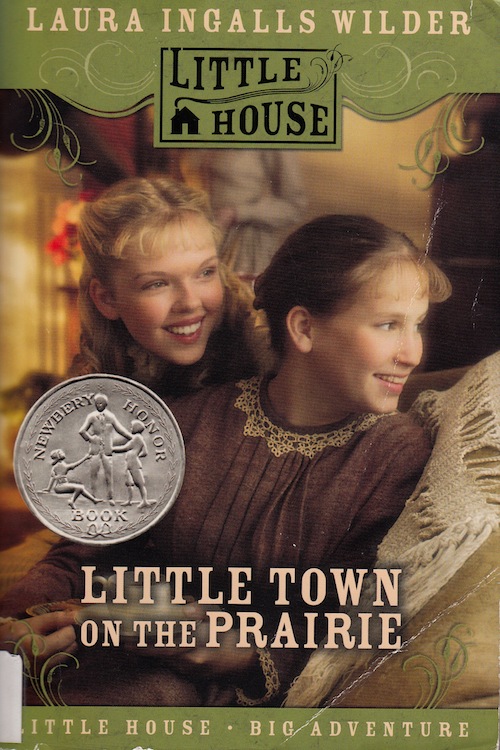 Sacrilege! In the first one, Laura looks like she’s on the front of a Land’s End catalog; on the second one Mary is wearing a full face of makeup. The covers were published in 2007, timed with the series’ 75th anniversary. Evidently, they were not a big hit; the HarperCollins Little House website has no trace of these covers whatsoever.
Sacrilege! In the first one, Laura looks like she’s on the front of a Land’s End catalog; on the second one Mary is wearing a full face of makeup. The covers were published in 2007, timed with the series’ 75th anniversary. Evidently, they were not a big hit; the HarperCollins Little House website has no trace of these covers whatsoever.
I Want to Live in Ira’s House
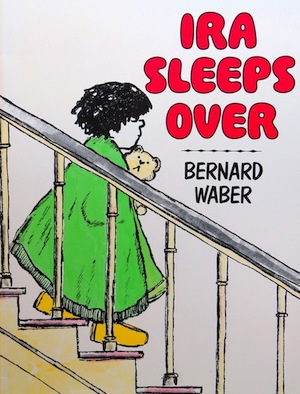 It’s one of those things you appreciate only the second time around, when you’re reading the book to your own kids. Ira’s house in Bernard Waber’s Ira Sleeps Over (1972) seems at first like a typical 1970s suburban home, but when you look closely there are lots of details that convey the kind of culture-loving, bohemian-leaning people Ira’s parents are. It’s the kind of environment I think I should be raising my kids in — if only we got rid of our TV and all took up instruments.
It’s one of those things you appreciate only the second time around, when you’re reading the book to your own kids. Ira’s house in Bernard Waber’s Ira Sleeps Over (1972) seems at first like a typical 1970s suburban home, but when you look closely there are lots of details that convey the kind of culture-loving, bohemian-leaning people Ira’s parents are. It’s the kind of environment I think I should be raising my kids in — if only we got rid of our TV and all took up instruments.
I love how Ira’s mom is curled up with the newspaper while her husband is just hanging out, playing the cello:
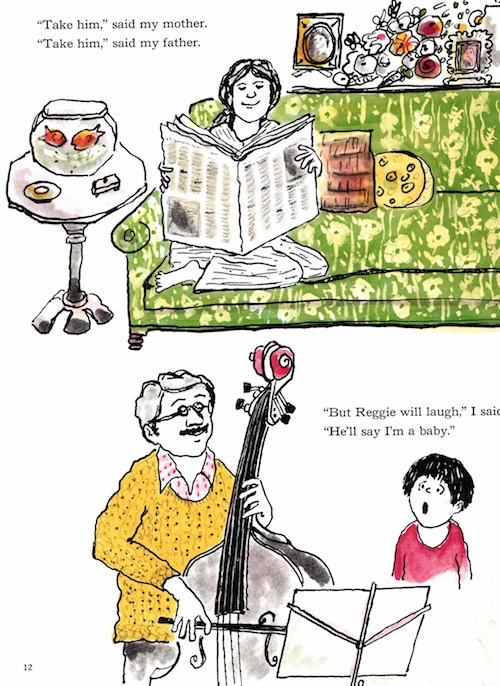 Even when Ira’s big sister is taunting him, she’s in the middle of practicing the piano:
Even when Ira’s big sister is taunting him, she’s in the middle of practicing the piano: 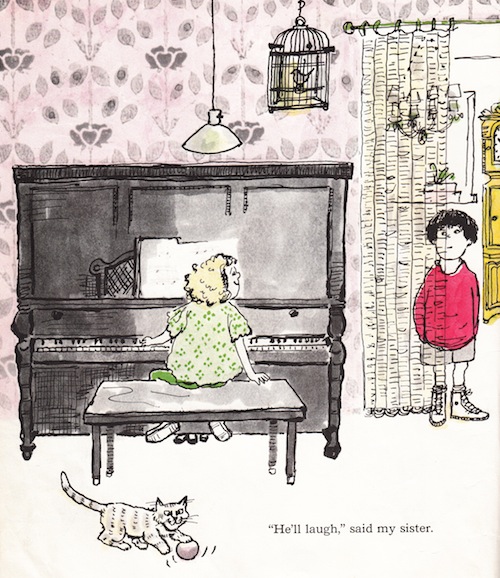 The dad looks very comfortable in the kitchen … and they clearly don’t eat Wonder Bread:
The dad looks very comfortable in the kitchen … and they clearly don’t eat Wonder Bread: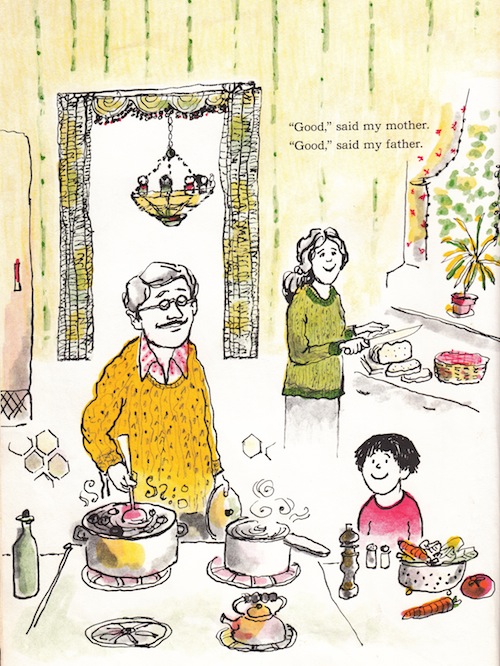 The parents are also fans of ballet:
The parents are also fans of ballet: 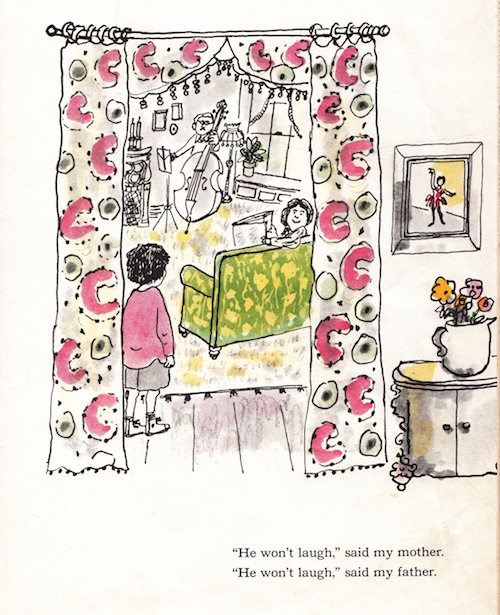 Last but not least, check out what’s under the dad’s arm when he comes to answer the door during the sleepover:
Last but not least, check out what’s under the dad’s arm when he comes to answer the door during the sleepover: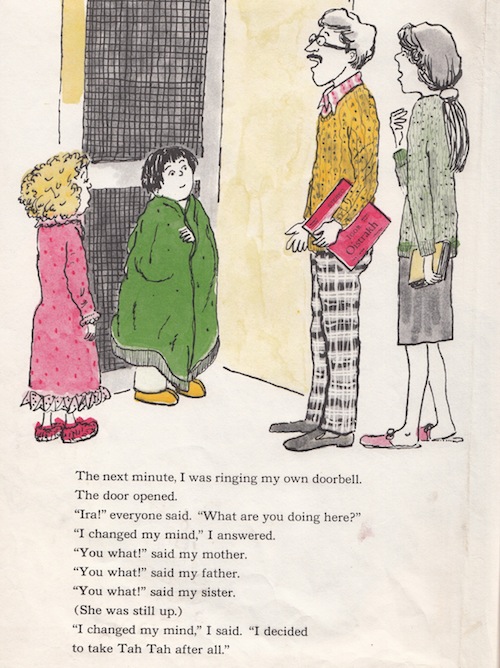 An album by the noted Ukranian violinist, Igor Oistrakh!
An album by the noted Ukranian violinist, Igor Oistrakh!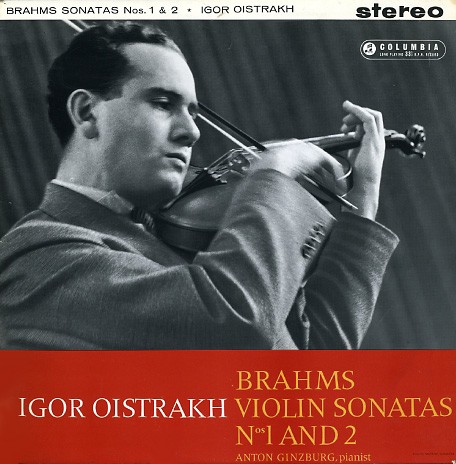
Out-of-Print Gem: When I Have a Little Girl (1965)
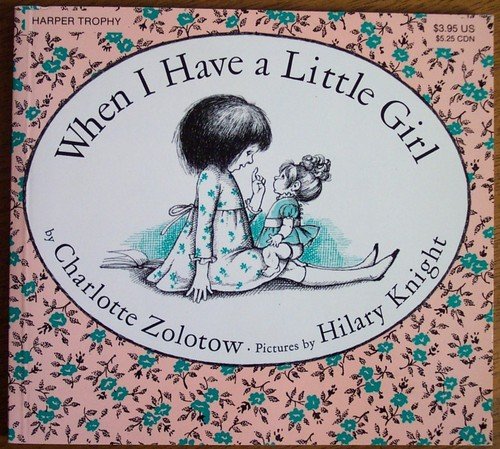 Charlotte Zolotow’s When I Have a Little Girl (1965) doesn’t have the arch references of Kay Thompson’s Eloise (1955) but the books share plenty of DNA. Both are illustrated by Hilary Knight and feature heroines who are willful, exuberant, self-centered, dreamy, loving and bratty all at once.
Charlotte Zolotow’s When I Have a Little Girl (1965) doesn’t have the arch references of Kay Thompson’s Eloise (1955) but the books share plenty of DNA. Both are illustrated by Hilary Knight and feature heroines who are willful, exuberant, self-centered, dreamy, loving and bratty all at once.
She’s basically Eloise’s less naughty cousin living in the suburbs.
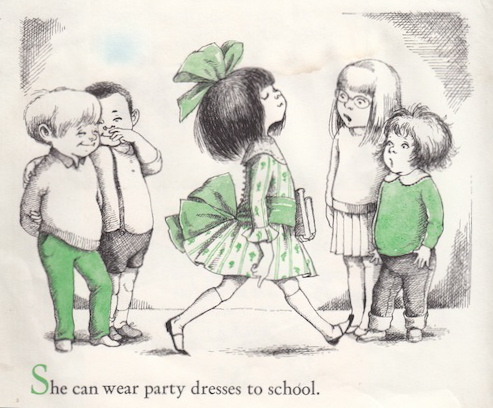
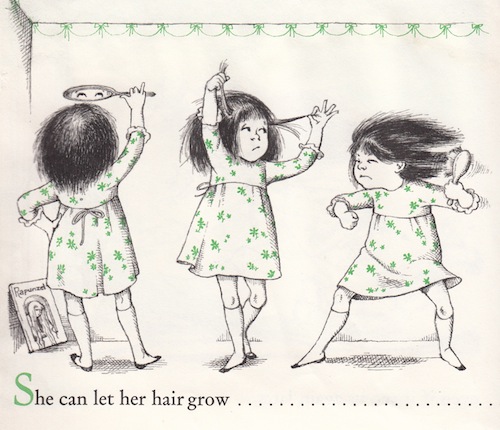
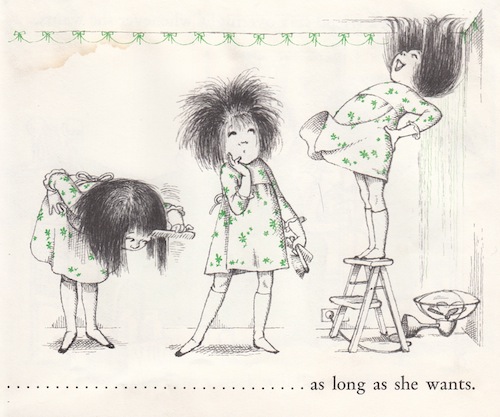
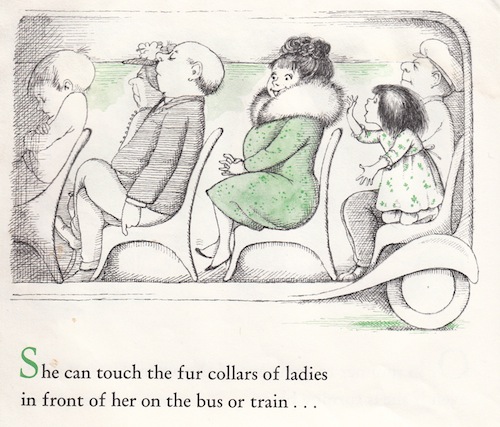
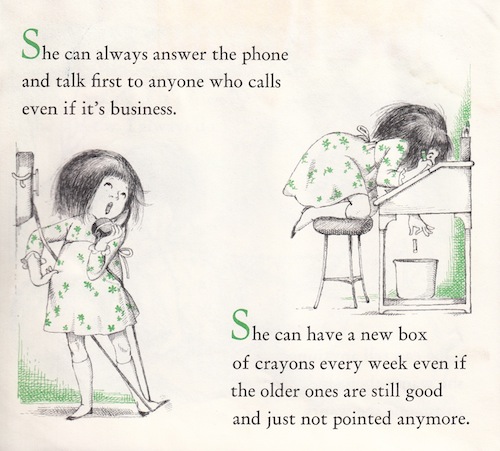 She’s a handful. But Eloise — even 2013’s Brooklyn-reared Eloise — would eat her alive.
She’s a handful. But Eloise — even 2013’s Brooklyn-reared Eloise — would eat her alive.
Louis the Swan Was Raking it In
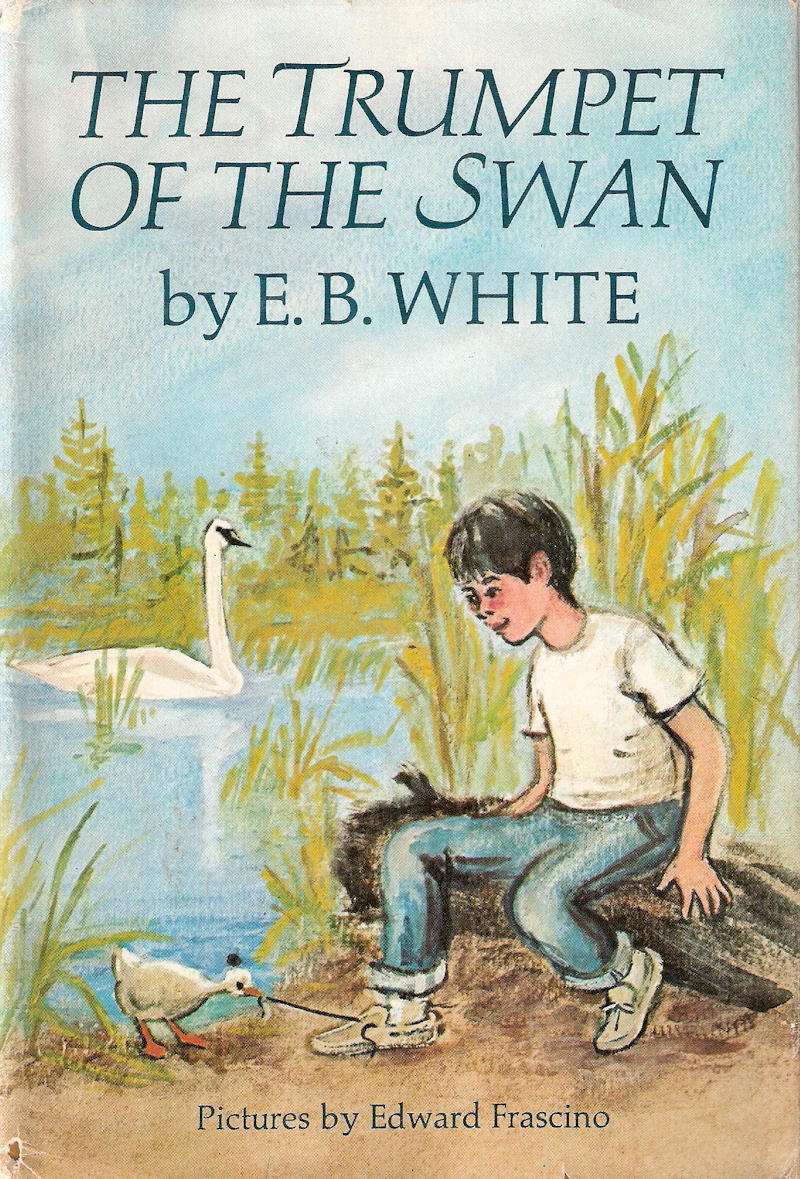 Remember in The Trumpet of The Swan, when slippery Abe “Lucky” Lucas hires Louis to perform in a Philadelphia nightclub? (This comes after Louis’s success with the swan boats at the Boston Public Garden.) Louis takes the new gig because he needs the cash to pay his debts, but…
Remember in The Trumpet of The Swan, when slippery Abe “Lucky” Lucas hires Louis to perform in a Philadelphia nightclub? (This comes after Louis’s success with the swan boats at the Boston Public Garden.) Louis takes the new gig because he needs the cash to pay his debts, but…
“The place was big and crowded and noisy. Everyone seemed to be talking too loudly, eating too much, and drinking too much. Most birds like to go to sleep at sundown. They do not want to stay up half the night entertaining people. But Louis was a musician, and musicians can’t choose their working hours… Every Saturday night Louis collected his pay — five hundred dollars.”
Five hundred dollars a week for ten weeks? As my brother points out, Louis was making some serious money. If you adjust this for inflation — E.B. White published the novel in 1970 — it’s equivalent to almost $3,000 a week today.
Is It Just Me???
Every time I get to this scene in William Steig’s The Amazing Bone — for my money, it’s the most disturbing moment in the book, even worse than when the villanous fox appears —
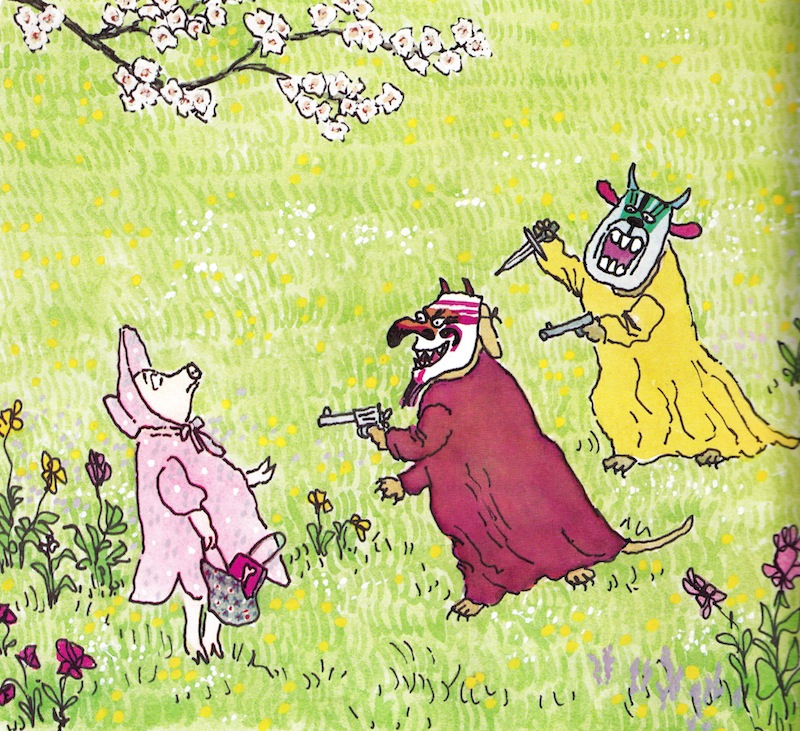 I always think of the bizarre series of paintings (by Mexican artist Miguel Calderón) hanging on Eli Cash’s walls in The Royal Tennenbaums. I can’t help it — it’s as if William Steig and Wes Anderson are speaking to one another.
I always think of the bizarre series of paintings (by Mexican artist Miguel Calderón) hanging on Eli Cash’s walls in The Royal Tennenbaums. I can’t help it — it’s as if William Steig and Wes Anderson are speaking to one another.
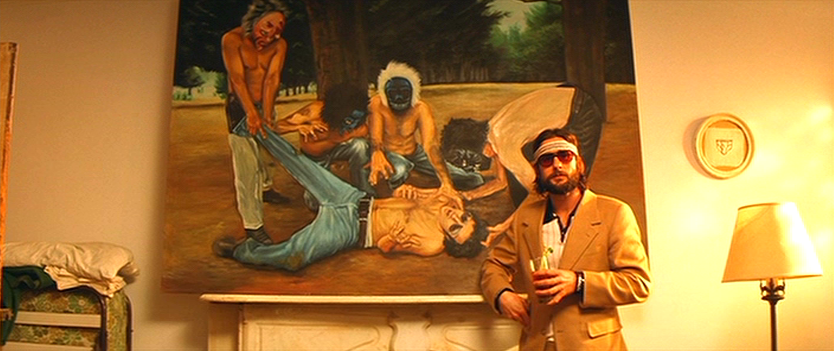 Is it just me? Another illo from The Amazing Bone:
Is it just me? Another illo from The Amazing Bone:
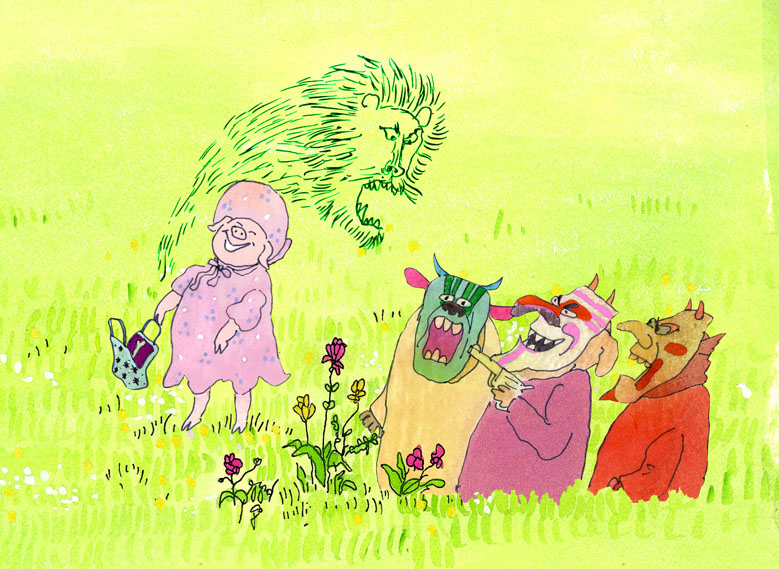 And Owen Wilson chilling in front of Calderon’s Bad Route, which I remember made me burst out laughing in the theater.
And Owen Wilson chilling in front of Calderon’s Bad Route, which I remember made me burst out laughing in the theater.
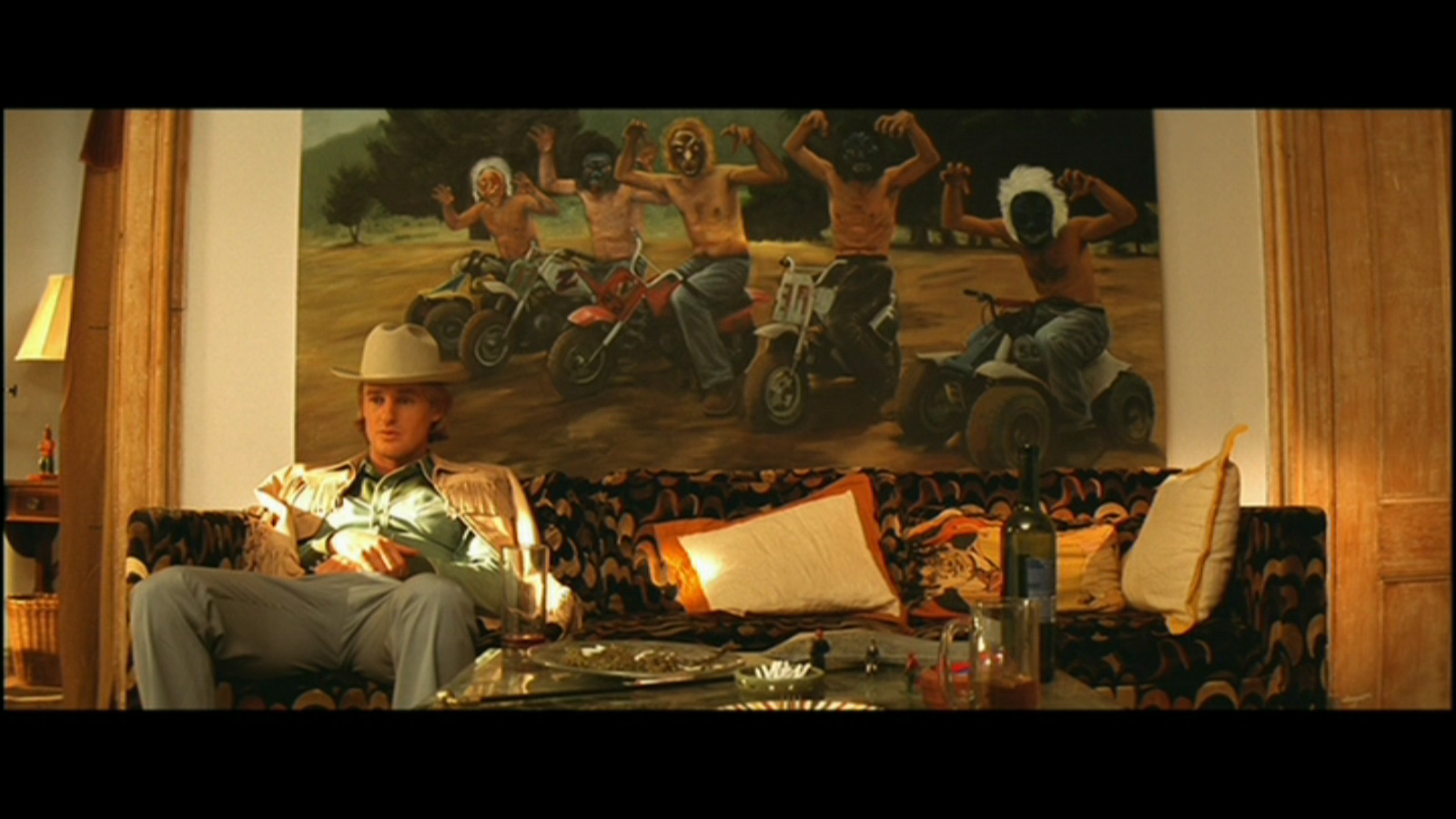 To be fair, Kurt Andersen did an interview with Wes and Miguel on his radio show where they discussed the paintings in the film and nobody mentioned any talking bones. But still.
To be fair, Kurt Andersen did an interview with Wes and Miguel on his radio show where they discussed the paintings in the film and nobody mentioned any talking bones. But still.
In Search of a Few Good Jokes
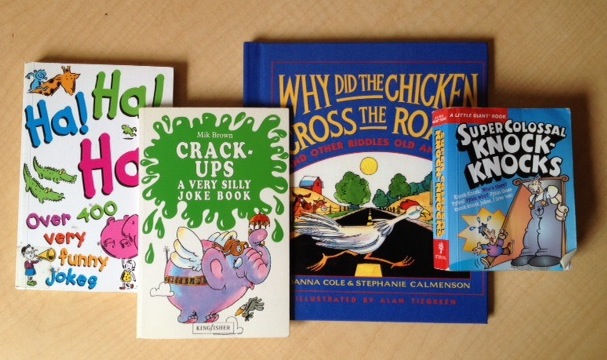 “Orange you glad I didn’t say banana?” If you have a child under the age of seven, you’ve probably endured a period where you heard that one every day. As these sort of jokes go, the orange/banana knock-knock is actually a pretty good one — which is not the case with most of what you find in kids’ humor collections. (The tip-off, of course, is anything promising “1,000 MORE of the Very Best Knock-Knock Jokes!”)
“Orange you glad I didn’t say banana?” If you have a child under the age of seven, you’ve probably endured a period where you heard that one every day. As these sort of jokes go, the orange/banana knock-knock is actually a pretty good one — which is not the case with most of what you find in kids’ humor collections. (The tip-off, of course, is anything promising “1,000 MORE of the Very Best Knock-Knock Jokes!”)
Failed jokes and riddles fall into many categories. There are, for starters…
The ones that presume familiarity with obscure phrases. What’s a ghost’s favorite kind of music? Haunting melodies. Why did the boys shoot their BB guns in the air? They wanted to shoot the breeze.
The ones that presume knowledge of farm life. What did the little calf say to the haystack? Are you my fodder? (My little city chickens have never heard the word “fodder”)
The ones that presume knowledge of U.S. geography. What’s the capital of Alaska? Come on, Juneau this one! (Sadly, we didn’t.)
The ones that presume knowledge of the Bible. Who was the only character in the Bible without a father? Joshua, because he was the son of Nun. (I had to to do a Google search to even understand this.)
The ones that presume familiarity with Telly Savalas. Knock-knock. Who’s there? Hugh. Hugh who? Hugh loves ya baby! (I swear, this was in a joke book published in 2007!)
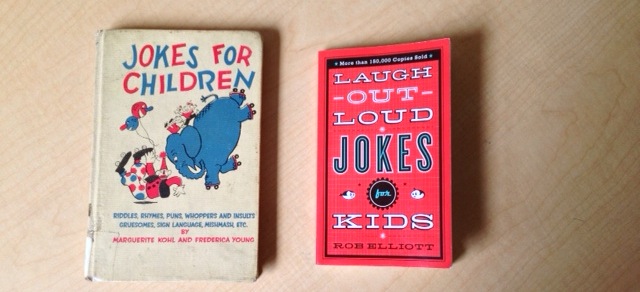 Of the humor books I’ve scoured, my favorite so far is Laugh Out Loud Jokes for Kids by Rob Elliott ($4.99, Spire) which has a better ratio of groaners to good ones than most. (What do you get from a pampered cow? Spoiled milk.) I was also happy to stumble upon the thoroughly fascinating — if at times offensive — 1963 collection Jokes For Children by Marguerite Kohl and Frederica Young. This out-of-print-book is full of quaint classics, but also jokes so violent you can scarcely believe they were meant for kids. In the “Whoppers and Insults” chapter you get stuff like: Want to lose ten pounds of ugly fat? Sure. Cut off your head. Here’s a disturbing one: Father: Broke my kid of biting his nails. Friend: You did– how? Father: Knocked his teeth out. There’s even a section called “The Little Moron.”
Of the humor books I’ve scoured, my favorite so far is Laugh Out Loud Jokes for Kids by Rob Elliott ($4.99, Spire) which has a better ratio of groaners to good ones than most. (What do you get from a pampered cow? Spoiled milk.) I was also happy to stumble upon the thoroughly fascinating — if at times offensive — 1963 collection Jokes For Children by Marguerite Kohl and Frederica Young. This out-of-print-book is full of quaint classics, but also jokes so violent you can scarcely believe they were meant for kids. In the “Whoppers and Insults” chapter you get stuff like: Want to lose ten pounds of ugly fat? Sure. Cut off your head. Here’s a disturbing one: Father: Broke my kid of biting his nails. Friend: You did– how? Father: Knocked his teeth out. There’s even a section called “The Little Moron.”
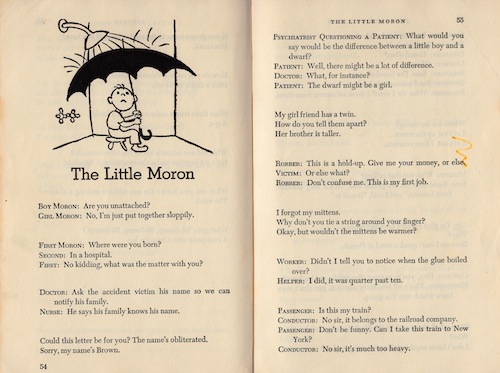 I recently did a call out to friends, asking for their favorite kids’ jokes. I think these are all winners but feel free to argue.
I recently did a call out to friends, asking for their favorite kids’ jokes. I think these are all winners but feel free to argue.
15 NO-FAIL KIDS’ JOKES*
1. What did the flounder say to the shrimp? “You’re being shellfish.”
2. What time is it when you get a toothache? Tooth-hurty.
3. What do you call a pig who knows karate? Pork chop.
4. What letters contain nothing? M-T
5. What does a snowman eat for breakfast? Frosted Flakes
6. When can you knock over a full glass and not spill any water? When it’s full of milk.
7. Why is 2 + 2 = 5 like your left foot? It’s not right.
8. Why did the chewing gum cross the road? It was stuck to the chicken.
9. What do you call a deer with no eyes? No eye-deer (no idea).
10. Which are the two coldest letters? I-C
11. What did 0 say to 8? Nice belt.
12. How do you spell “ninjas?” S … because the ninja is silent.
13. Knock-knock. Who’s there? Isabel. Isabel who? Is the bell broken? I had to knock.
14. Knock-knock. Who’s there? Interrupting cow. Interrupting c—–Moo! (interrupts)
15. What word is always pronounced wrong? Wrong.
BONUS (apologies in advance): What is the most constipated condiment? Mus-turd.
Did I miss any good ones? Please let me know in the comments below.
*Special credit goes to our pediatrician and Sam & Daisy Harris
Annals of the Inexplicable: The Five Chinese Brothers
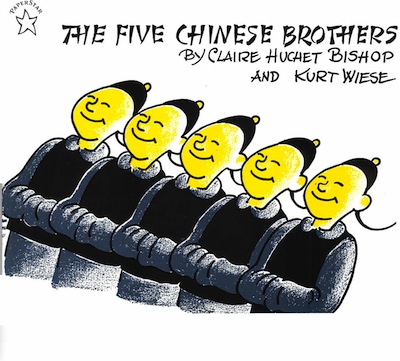 I have no problem with a politically incorrect classic. Babar may be a colonialist, but he’s dear to my heart. And the only thing stopping me from buying my own copy of Richard Scarry’s original Busy, Busy World (1965) — starring the garrulous Patrick Pig from Ireland and the Israeli wife who wouldn’t stop nagging her husband — is that an unexpurgated edition can cost upwards of $300.
I have no problem with a politically incorrect classic. Babar may be a colonialist, but he’s dear to my heart. And the only thing stopping me from buying my own copy of Richard Scarry’s original Busy, Busy World (1965) — starring the garrulous Patrick Pig from Ireland and the Israeli wife who wouldn’t stop nagging her husband — is that an unexpurgated edition can cost upwards of $300.
I remember sitting on a rug with the rest of my kindergarden class enthralled by the strange, dark folk tale of five brothers who manage to outwit the authorities when one of the siblings is wrongly sentenced to death. The Five Chinese Brothers by Claire Huchet Bishop (1938) may have depicted my fellow Asians as vengeful and slanty-eyed but that didn’t rattle me. The brothers had alluring superhuman abilities: “The First Chinese Brother could swallow the sea. The Second Chinese Brother had an iron neck. The Third Chinese Brother could stretch and stretch his legs. The Fourth Chinese Brother could not be burned. And the Fifth Chinese Brother could hold his breath indefinitely.”
But on re-reading this book here’s what you realize. The Five Chinese Brothers is absolutely baffling. I still don’t have a huge problem with it being un-P.C. It’s more that it inevitably raises some questions, such as:
1) “How could you kill someone with whipped cream?”
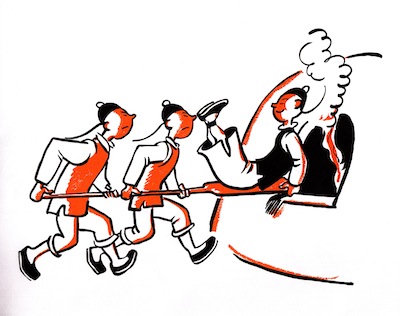 To a kid, being plopped into a container of whipped cream sounds like heaven. Besides that, when the oven is turned on wouldn’t the fluffy cream turn to liquid? (Not to mention my own question — when were the ancient Chinese even eating whipped cream?)
To a kid, being plopped into a container of whipped cream sounds like heaven. Besides that, when the oven is turned on wouldn’t the fluffy cream turn to liquid? (Not to mention my own question — when were the ancient Chinese even eating whipped cream?)
2) “Why were the people so angry each time a Chinese Brother didn’t die?”
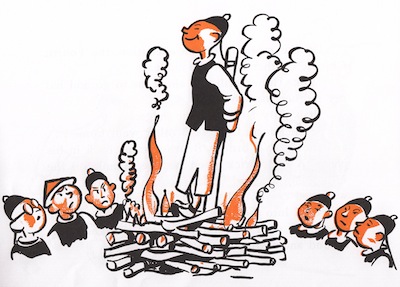 Hard to answer without getting involved in a discussion of mob psychology and the public thirst for bloody spectacles.
Hard to answer without getting involved in a discussion of mob psychology and the public thirst for bloody spectacles.
3) “How come if they couldn’t kill the Brother that meant he was innocent?”
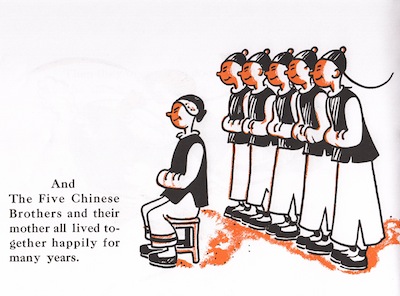 This is biggest doozy of them all. When all the executions fail, the judge decides it means that their prisoner must not be guilty! Truly, it is beyond all logic.
This is biggest doozy of them all. When all the executions fail, the judge decides it means that their prisoner must not be guilty! Truly, it is beyond all logic.
My kids liked The Five Chinese Brothers well enough, but it didn’t seem to make much of an impression either way. In fact, my daughter has since discovered Kathy Tucker’s The Seven Chinese Sisters (2003), which she likes much more. The book (with illustrations by Grace Lin) is also about a Chinese family with preternatural powers, but it’s not a watered-down retelling of the Five Chinese Brothers. The story involves a dragon, a kidnapping, and a noodle soup. Check it out.

